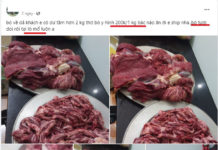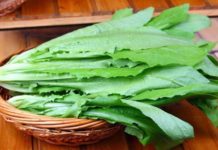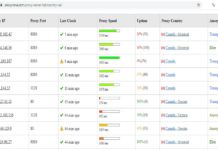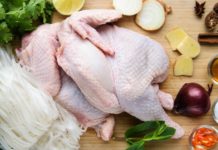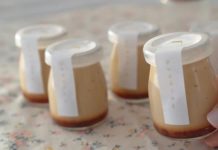Boiled chicken is an important dish in the Vietnamese meal, especially on special occasions or festivals. The dish of boiled chicken is highly valued in Vietnamese culture, and if it’s not delicious or well-prepared, the housewives will lose points. To make delicious boiled chicken, you should pay attention to the following points (especially the secret of the boiling water):
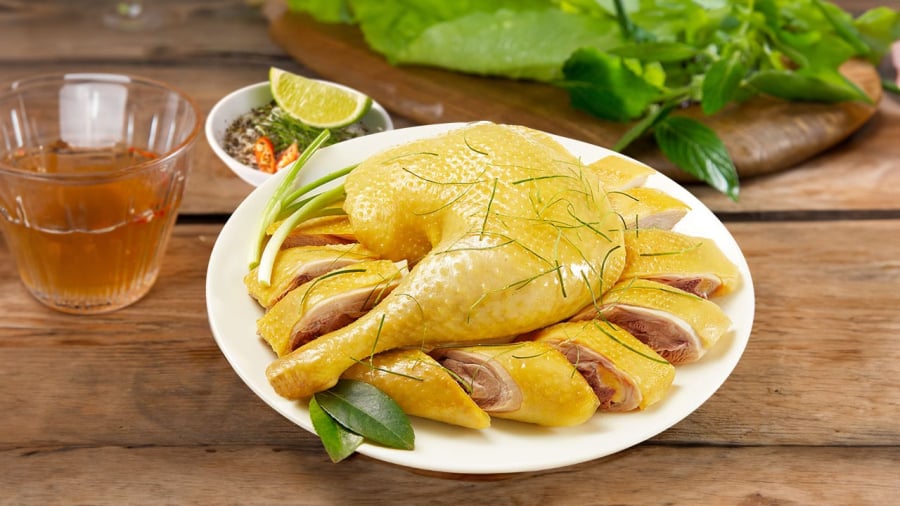
Step 1: Preparing the chicken
When buying chicken, you should choose fresh and good quality chicken that has not been injected with water and has not been stored for too long. You can press your fingers on the chicken to see if it feels firm, has no strange odor, the skin and comb are not pale, and the cut parts are not blackened. If you buy a chicken with feathers, choose the one with smooth feathers and a non-dripping beak.
For ceremonial chicken, you should choose a male chicken. For eating, you should choose based on the following characteristics: a female chicken that has given birth to 1-2 litters will be better than a chicken that has given birth to many litters or a young chicken that hasn’t given birth yet. The meat of a female chicken is sweeter and more tender than that of a male chicken. The meat of a male chicken is firmer and chewier. If it’s a 6-month hybrid chicken, you should choose a female chicken for boiling. If it’s a young chicken, you should choose a male chicken to prevent the meat from being flabby.
Currently, there are many breeds of chicken. For the best taste, choose a chicken with a moderate breast size that is not bloated or too small, usually weighing around 1.5kg after removing the feathers. A chicken with a large breast is a crossbreed that is not tasty. A chicken with a small body, tiny legs, and a weight of only 1 catty is a corn-fed chicken that has firm but tough meat, or an industrially raised young chicken with a gamey and soft meat.
When you bring the chicken home, rinse it with ginger wine or diluted salt water. Remove all internal organs, especially the lungs that may stick inside the chicken, so that the boiled water will not have an unpleasant smell.
To make the chicken’s skin crispy and the meat moist and not dry, boil a pot of water and blanch the chicken in it. Hang the chicken with its neck and pour boiling water with a little salt onto its skin. The chicken’s skin will immediately contract, retaining the sweetness inside. Hang the chicken for about 15 minutes to make the skin firm again. (This step is usually applied to marinated chicken. If you don’t have time, you can skip this blanching step.)
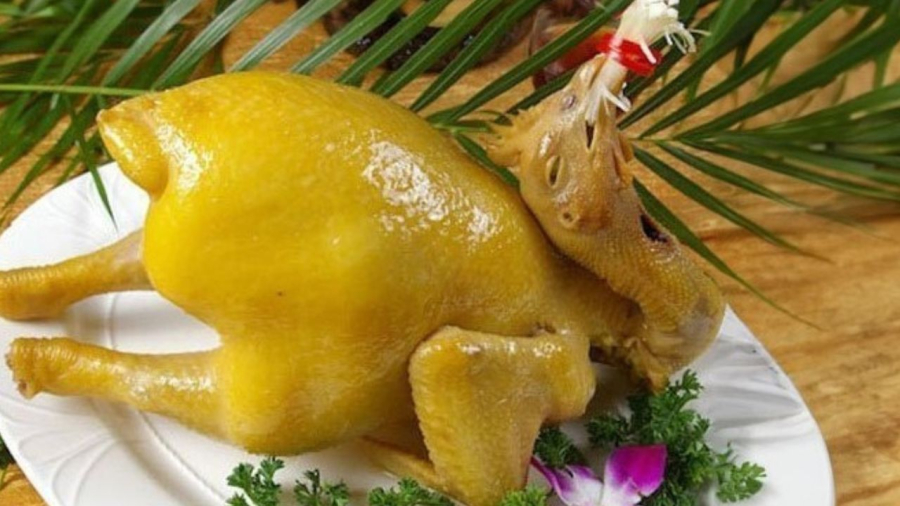
Step 2: Boiling the chicken, using fresh boiling water, and keeping the heat low
Boil a pot of water and season it with salt, monosodium glutamate, and sugar to taste. Grill the onion and ginger until aromatic, rinse them to remove the burnt parts, and then add them to the pot of boiling water.
When the water is boiling, add the chicken. Let the water come to a boil again and then reduce the heat to let the chicken cook slowly.
Many people usually put the chicken into cold water, but this method causes the chicken’s water content to leak out, resulting in dry meat and reduced sweetness. On the other hand, putting the chicken into boiling water helps the skin contract immediately, so the sweet broth remains inside the chicken instead of leaking out, making the meat sweet and moist when chopped.
Avoid using a high heat, which will make the outer layer of the chicken cook quickly while the inside is still raw, and it will cause the skin to tear. Keeping the heat at around 80 degrees Celsius will allow the chicken to cook slowly from the inside, and the skin will remain intact without tearing it apart.
For a 1.5kg chicken, boiling it will take about 40 minutes.
During the boiling process, avoid repeatedly poking the chicken with chopsticks or skewers, as this will make the sweet broth inside the chicken leak out. Many people have the habit of doing this. Some people want the chicken to cook quickly, so they use a knife to cut the thigh or the thigh joint with the backbone. This method will make the thigh meat dry and not juicy.
Step 3: Removing the chicken
When removing the chicken, if you want it to have a beautiful color, you can brush turmeric oil onto the skin to make it yellow. But if you choose a good chicken, let the skin have a natural yellow color, without brushing turmeric oil.
Immediately put the boiled chicken into the refrigerator to let it tighten and firm up, or hang the chicken to let the skin firm up before chopping it.
At this step, if you want the skin to be crispier, you can prepare a bowl of cold ice water or boiling salt water. When removing the chicken, immerse it in either of these two types of water to make the skin crispier.
The boiled chicken is tender, tasty, with unbroken skin, and the meat inside is juicy and not dry when sliced.
The reason why boiled chicken becomes torn and the meat becomes dry and not tasty is: Boiling it in cold water and using high heat to make the water boil vigorously, which causes the chicken’s protein to break down and lose its structure, resulting in dry meat. The strong water pressure makes the chicken cook quickly and become tender, but the inside doesn’t fully cook, so when it’s fully cooked inside, the outside is overcooked.
Boiling the chicken at a low heat allows it to cook gradually without destroying the protein structure, so the chicken retains its beautiful shape and juicy meat, preserving its original flavor.
Grilled ginger and onions make the chicken fragrant and the broth flavorful. Moreover, grilled ginger and onions, along with lime leaves, also make the chicken safe to eat by preventing poisoning, preventing cold stomach and abdominal pain.








